Sacred Arts Museum
The museum of Bitonto’s spiritual art and artisan crafts
This exhibition itinerary provides a glimpse of Bitonto’s ecclesiastical life up to the present day; a collection that enhances Bitonto’s sacred art and goldsmithing and reflects the Neapolitan influence.
The works in the collection
The collection in the Bitonto Sacred Arts Museum is housed in the rooms of the former convent of the order of the Friars Minor Conventual, later the site of the Bishop’s Seminary.
The exhibition itinerary offers a comprehensive view of the ecclesiastical life of Bitonto to the present day: a collection that ranges from the Byzantine to the Romanesque period, up to the major works from the 16th and 17th centuries that came with the nascent Bitonto school of painting, and its leading artist, Carlo Rosa.
The exhibition is complemented by sacred furnishings and vestments related to liturgical rites and some important documents on parchment and paper, records of the Diocese of Bitonto and certain periods of the city and church community.
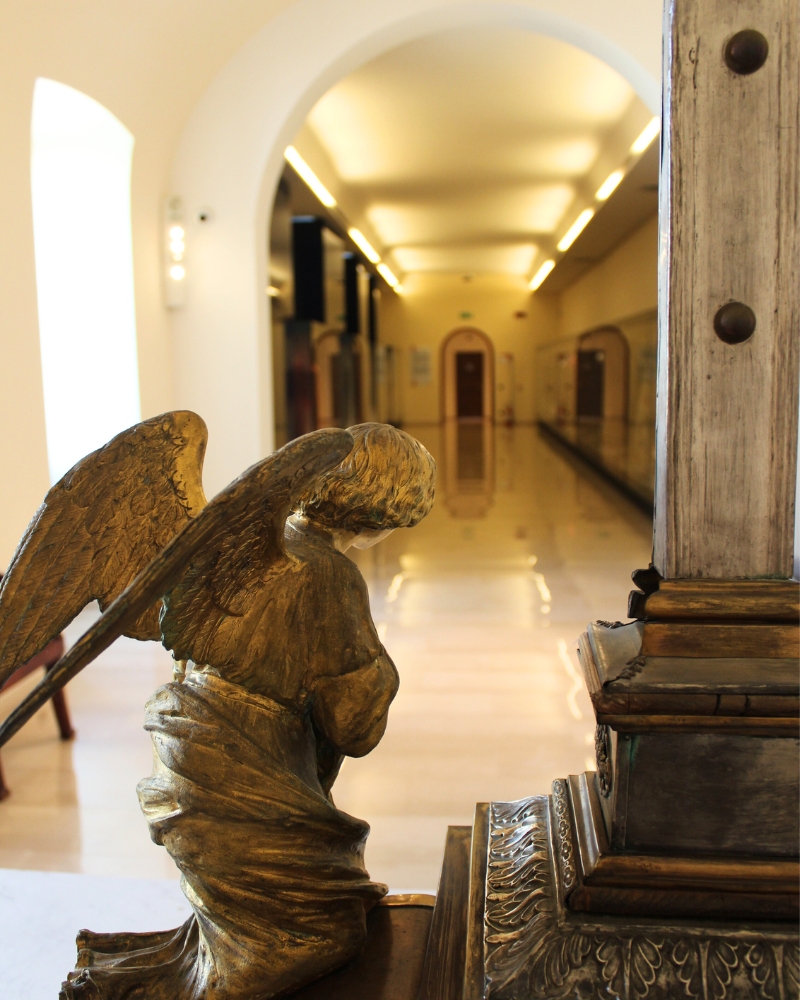
The Sacred Arts Museum
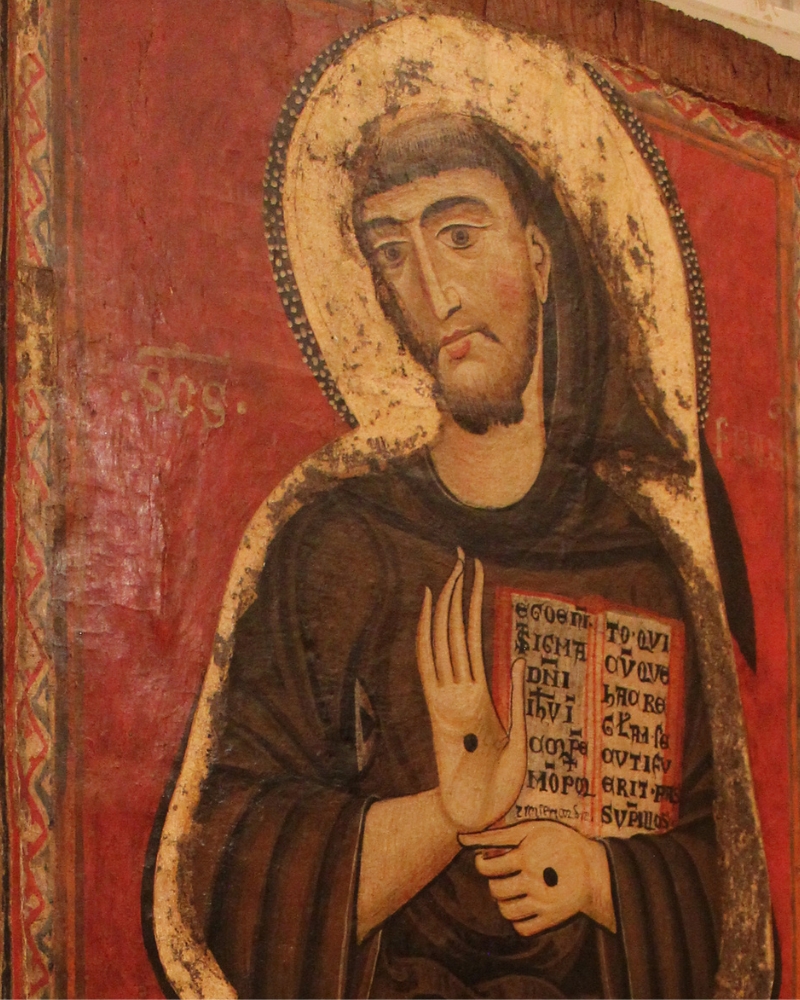
Table with Saint Francis's effigy
Medieval works
Among the most outstanding works on display are those with a Byzantine influence: the fragment of painted panel and the imported capitals. However, the antependium of the basilica’s altar belong to the Romanesque period.
There is also a valuable panel with the likeness St Francis, the only example of the history of Franciscan spirituality in southern Italy.
Renaissance and Baroque works
The economic prosperity of the city of Bitonto, which became a “Universitas”, is evident in the 16th and 17th-century works of art.
Aristocratic and clerical patronage fostered the prolific artistic production of local (Carlo Rosa, Nicola Gliri) and wider European schools of painting, which decorated and enhanced churches and private chapels of the palaces in the city’s historic centre.
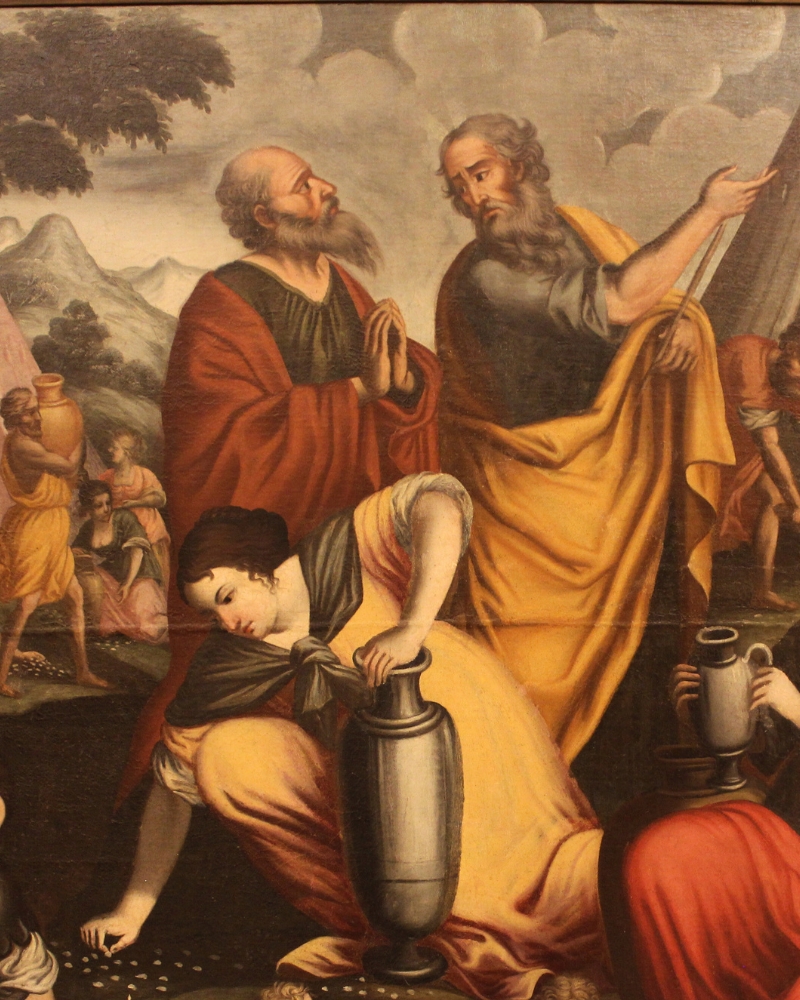
Fall of the manna. Carlo Rosa (school, XVIII sec.)
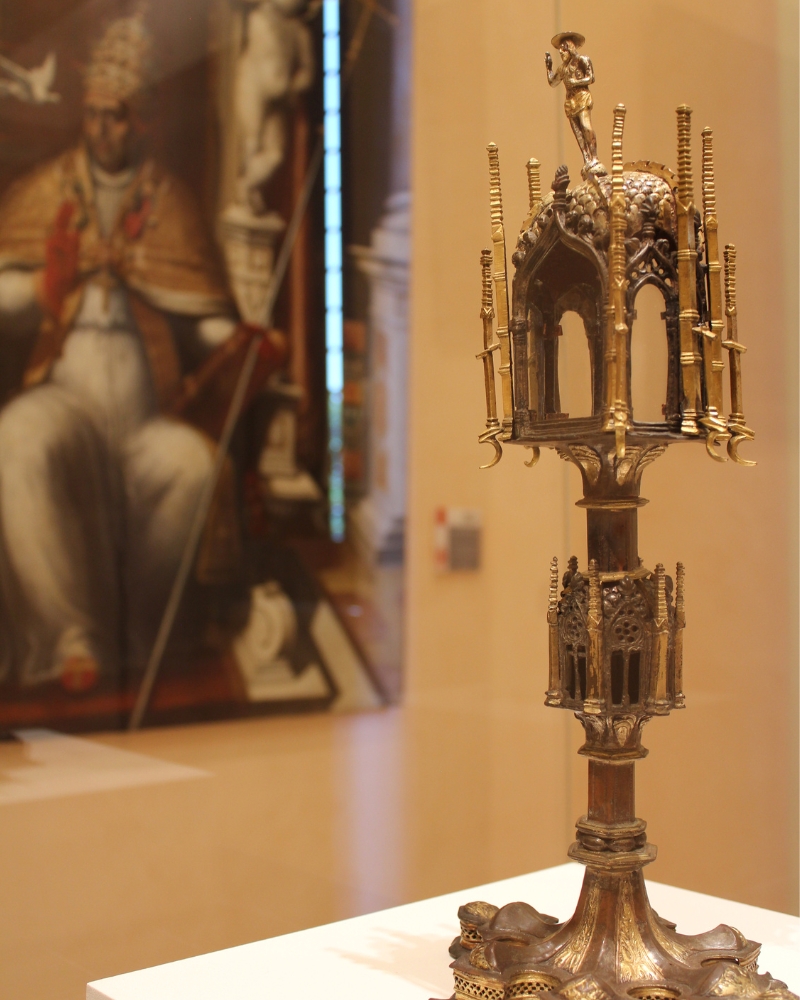
The museum's furniture
Sacred furnishings
The Museum of the Diocese has a fine display of sacred furnishings, which symbolically evoke the highlights of liturgical life.
The hallmarks of episcopal service and the priestly order reflect the enduring influence of Naples, the capital of the kingdom from the Angevin to the Bourbon period. The silversmiths’ punches and embroidery details reveal connections to traditional Neapolitan goldsmithing techniques and the Opificio di San Leucio.
Parchments
The exhibition also includes parchments and paper documents concerning the history of the Diocese of Bitonto and some aspects of the ecclesiastical life, such as papal bulls, and liturgical and devotional books.
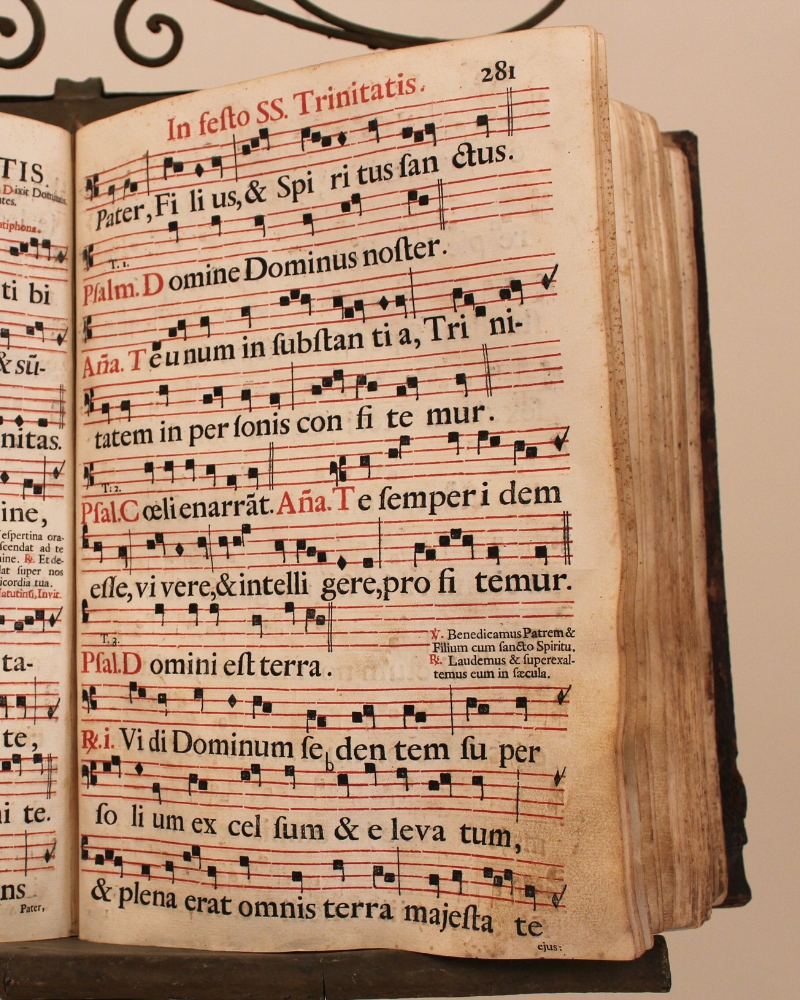
Musical scores related to the liturgy
ArtEcclesiae is carried out by Artwork with the Archdiocese of Bari-Bitonto


ARTECCLESIÆ BARI-BITONTO
Piazza Odegitria
70122 Bari
Tel. 329-2697374
Email: info@artecclesiae.it
